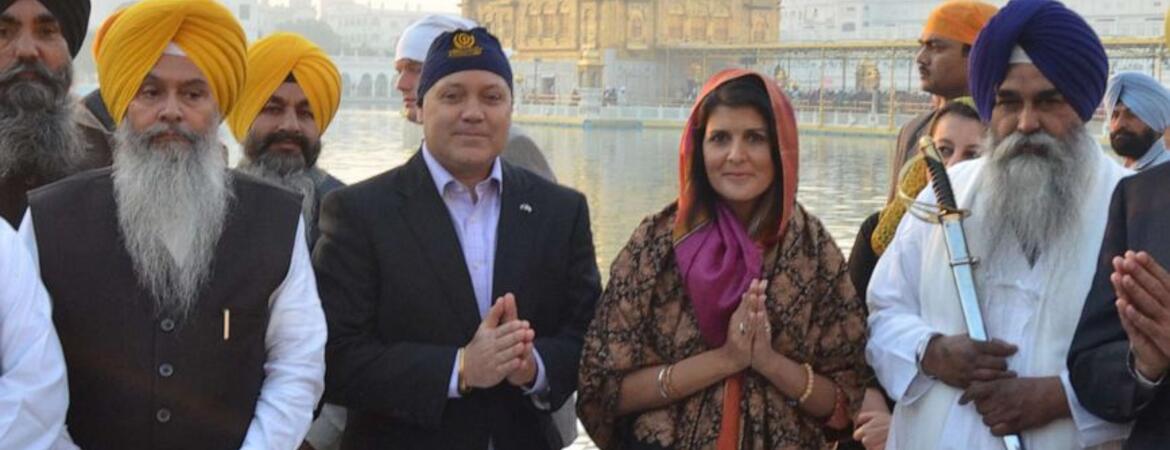Center for Social Innovation

Biden and Harris have focused on South Asians and the Indian community as well, with Biden releasing an agenda for the Indian American community prior to the 2020 election and both him and the vice president including cultural celebrations as part of administration events.
Numbers illustrate how Asian American voters, and Indian voters, can be influential. According to AAPI Data, an organization that publishes demographic data and research, in 2018 there were an estimated 161,000 eligible Indian voters in Texas, 87,000 in Florida, 61,000 in Pennsylvania, 57,000 in Georgia and 45,000 in Michigan.
Major contests in those states, including the 2020 and 2016 presidential elections, have all recently been decided by smaller margins.
And the community is fast growing. In the last two decades, for example, the Indian population in the U.S. has doubled to about 4.6 million in 2019, according to the Pew Research Center.
Roughly 70% of Indian voters in America leaned Democratic as of 2022, according to AAPI Data. That's more than Latinos but less than African Americans. Some of the reasons include religion, extensive training in science and living in a post-9/11 world.
In one of his most notable -- and controversial -- promises as a presidential candidate, Trump said he would block Muslims from entering the U.S. At the time, Haley appeared to distance herself from such a policy. Delivering the Republicans' official 2016 State of the Union response, she said that America should resist following the "angriest voices" and welcome "properly vetted legal immigrants, regardless of their race or religion."